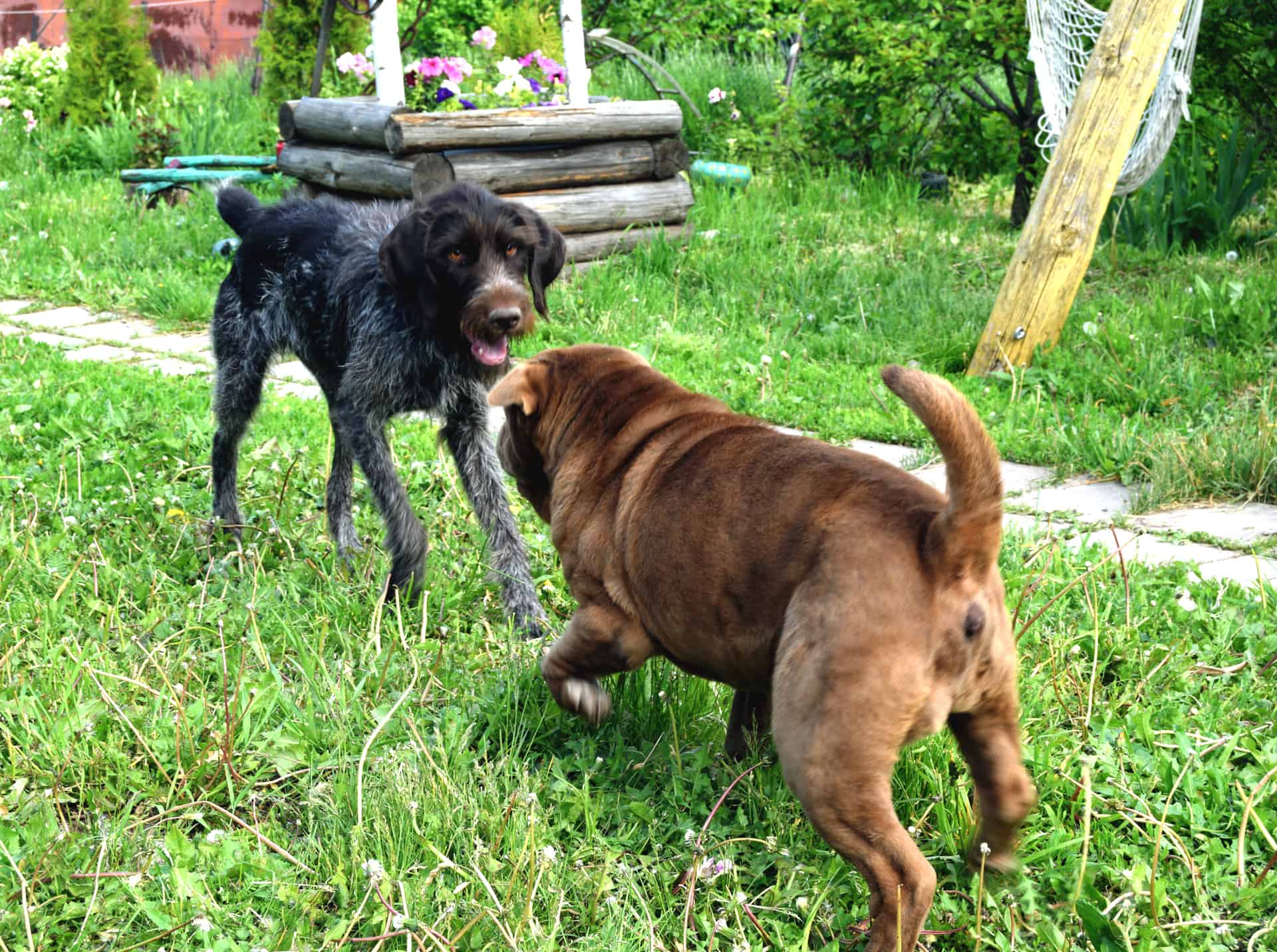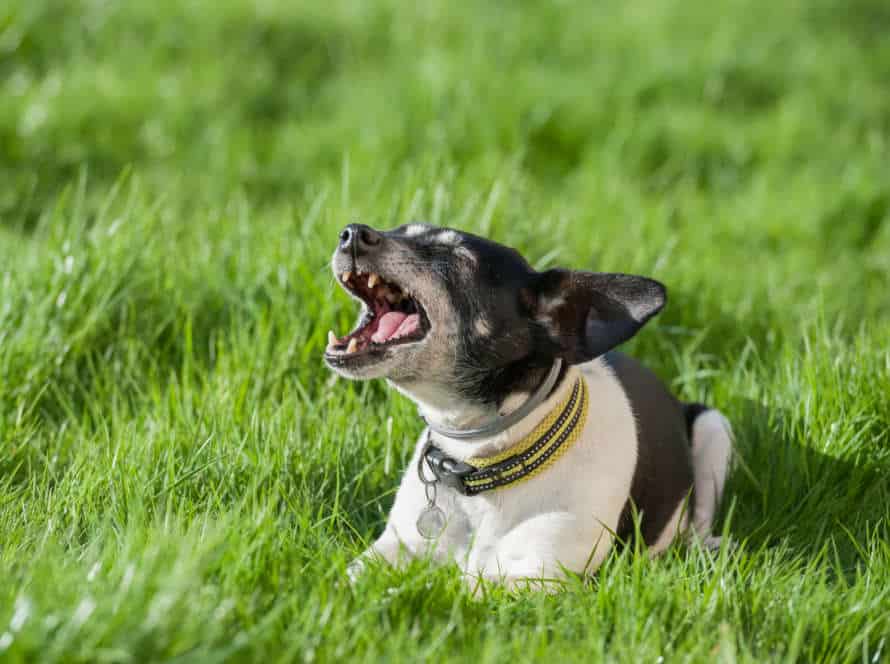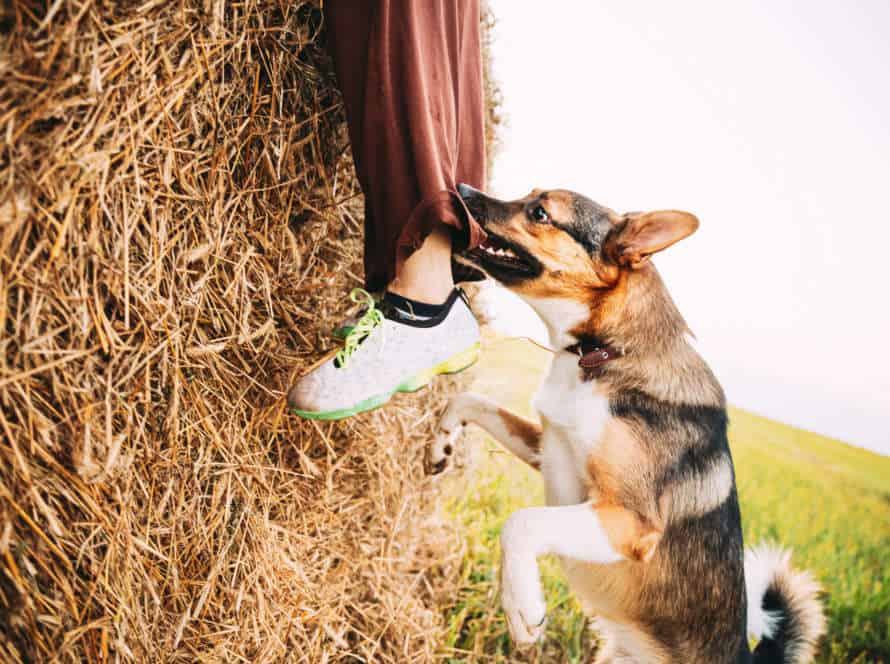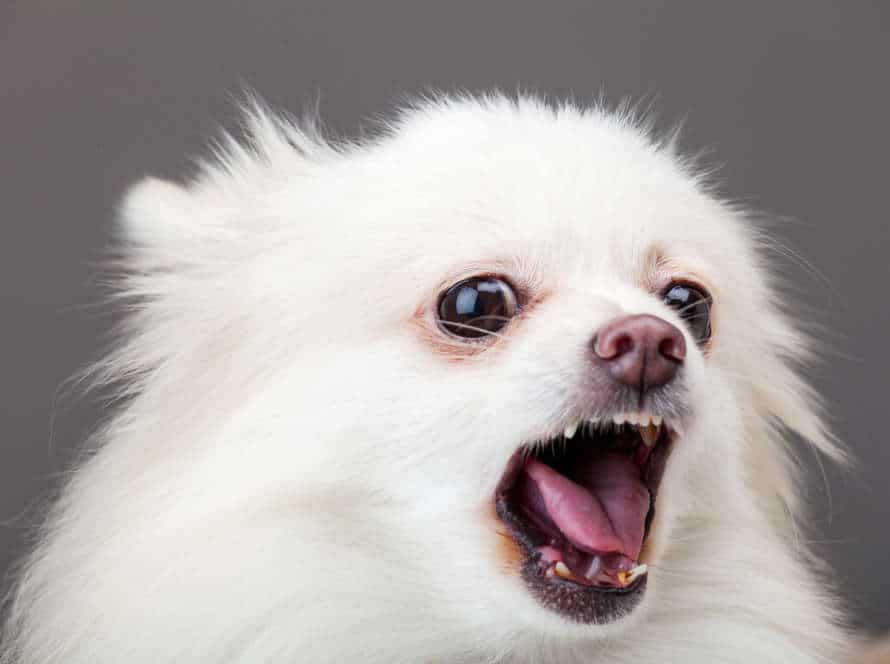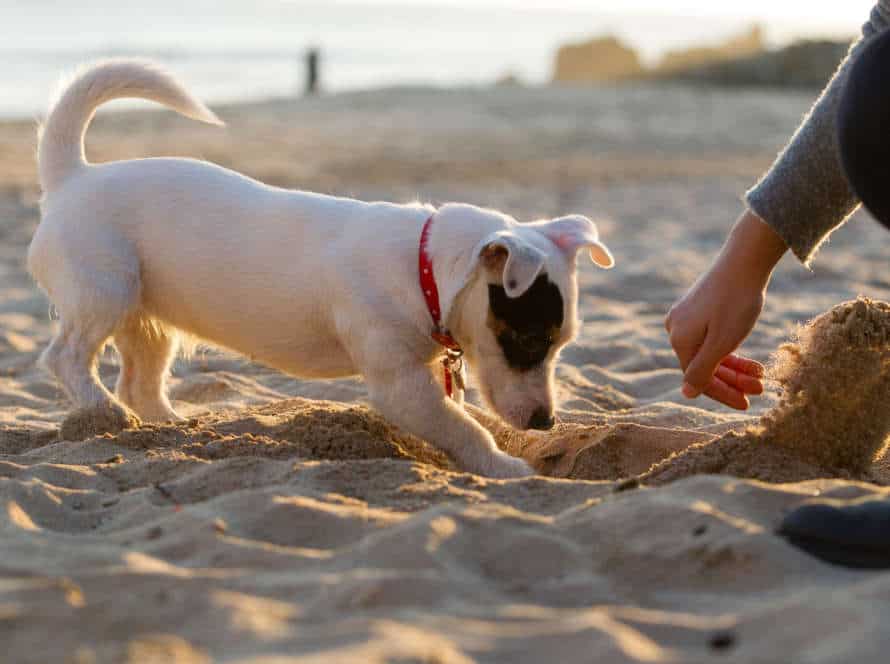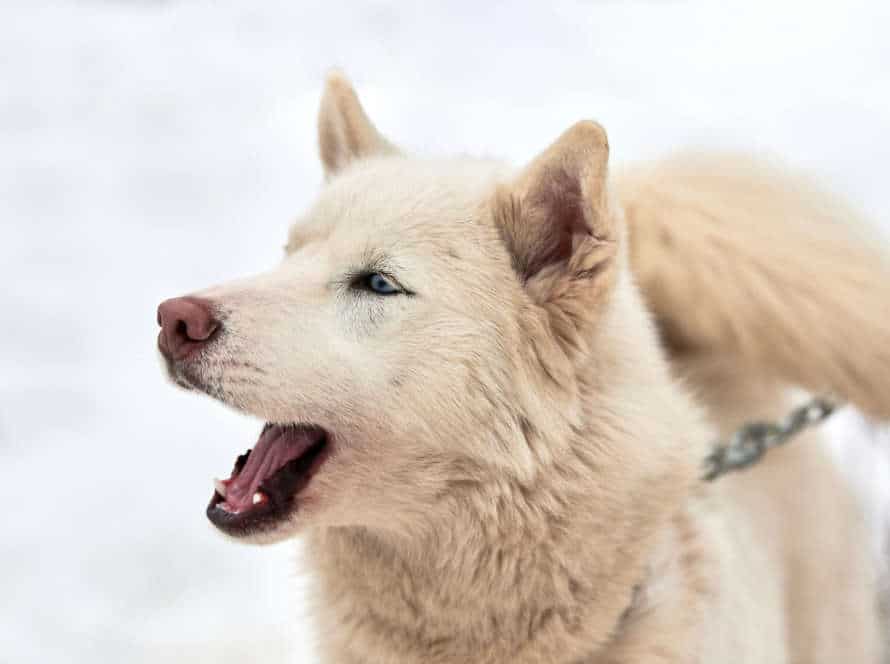Dominance Aggression: The Struggle for Control
Dominance aggression in dogs is a behavior displayed when they seek control. It can become a problem if it puts the owner, family, and other pets in danger. Here are tips to handle it:
- Establish your role as the pack leader.
- Be consistent with your commands and reactions.
- Reward good behavior.
- Avoid punishment.
- If needed, seek help from professionals.
Pro tip: Socializing your dog early can prevent this issue. Expose them to different people, environments, and dogs.
Understanding Dominance Aggression
Dogs show dominance aggression when feeling threatened. They want to show their power. Pack animals, especially dogs, often display this behavior. It’s important to understand why it happens and how to treat it. Let’s get closer to dominance aggression to handle it effectively.
Identifying Dominance Aggression in Dogs
Dominance aggression is a type of aggressive behavior displayed by dogs. It is when they try to control other dogs or humans. It is important to identify this aggression to prevent bad things like dog bites, property damage, and mistreatment of the dog.
Here are some signs that your dog is displaying dominance aggression:
- Growling when you approach while they eat or drink
- Snapping or biting when handled or groomed
- Not letting people or other dogs pass without growling or lunging
- Marking territory inside or outside
- Pushing or nipping to control other dogs or humans
If you see any of these behaviors, it is important to get help and training right away. This will stop the problem before it gets worse.
Why Dogs Display Dominance Aggression
Dogs may show dominance aggression to be the leader of the pack. This is to take control of the environment and those around them.
Reasons they may do this include:
- Lack of Socialization: Without proper socialization, dogs may feel unsure and act aggressively to assert themselves.
- Fear: When scared or threatened, they may use aggression to gain control.
- Learned Behavior: Aggressive behavior can be learnt from other dogs or people if it is rewarded.
- Medical Conditions: Health issues like pain or discomfort can cause dominant aggression.
To prevent and handle this type of aggression, get proper training, socialization and medical care. Also, engage the help of a professional dog trainer or behaviorist.
Signs of Dominance Aggression in Dogs
Dominance aggression is a common type of aggression in dogs. It happens when a pooch wants to be seen as in charge of its owner, or other canines and animals. This often happens due to lack of training and socialization.
Here are some signs of dominance aggression:
- Growling or snarling when people or other dogs try to take food, toys, or bones.
- Jumping on you or staying put when you come close.
- Refusing to move or obey commands such as sit or stay.
- Challenging or confronting other dogs or animals nearby.
- Marking territory in and around the house.
If any of these behaviors are observed, it’s important to address the issue right away. Get help from a professional to manage dominance aggression.
Addressing Dominance Aggression in Dogs
Dominance aggression is a behavior common in dogs. It’s when they try to show they’re in charge. This can come out in many forms, like growling, barking, or even biting. These are dangerous and can hurt people. To help your dog and others, it’s important to figure out why your pup is acting this way and what you can do about it.
Positive Reinforcement: Rewards-Based Training
Positive reinforcement is a rewards-based training approach. It encourages desired behavior in dogs. This method can effectively tackle dominance aggression and other behavioral issues.
Treats, praise and other rewards are used to teach dogs that good behavior leads to positive outcomes. This reinforces good habits and leads to long-term behavioral changes.
It also helps to create trust and a strong bond between the dog and its owner.
In cases of dominance aggression, positive reinforcement redirects the aggressive behavior towards more acceptable activities, like obedience commands.
By rewarding good behavior and ignoring bad behavior, dogs learn that positive actions lead to positive results. This results in a happier and better-behaved pet.
Reducing Conflict and Managing Triggers
Dominance aggression in pups can be hard to manage. To reduce aggression and create a more peaceful relationship between you and your pup, try these tips:
- Recognize triggers and try to avoid or manage them.
- Create clear rules and boundaries and enforce them consistently.
- Reward your pup with praise for good behavior, not aggression.
- Get help from a professional dog trainer or behaviorist.
- Remember that dogs are pack animals and need structure. You must be the pack leader and provide a safe home for your pup.
- Pro Tip: Consistency is key in addressing dominance aggression. Be consistent in training, and don’t hesitate to get professional help.
Dominance Training: Its Controversy, Risks and Potential Benefits
Dominance training is a debatable way to handle dominance aggression in canines. Though some trainers say it is an effective technique for adjusting unwanted behavior, others think it may cause long-term behavioral issues and even physical pain for the pooch.
The risks of dominance training include fear and anxiety in dogs, which may lead to aggression towards the owner or others. This type of training may also damage the bond between the dog and its owner.
Positive reinforcement and reward-based training methods have verified to be more effective and less damaging when dealing with dominance aggression in dogs. These techniques concentrate on giving rewards to desired behaviors and ignoring or redirecting unwanted behaviors.
Dominance training may seem like a fast solution, but it can have serious results for both the dog and the owner. It is essential to work with a certified professional dog trainer who uses positive reinforcement methods to ensure the safety and well-being of your fur friend.
Techniques for Managing Dominance Aggression
Dominance aggression can be a tricky situation for pet owners. It is often a struggle between humans and animals, and it has to be taken seriously. But there are techniques that can help in managing and reducing this aggression in pets. Here are some of them and how they can help pet owners:
- Keep their animals in control
Leash Training
Leash training is an essential part of dealing with dominance aggression in dogs. It can help you gain control, build trust and reward good behavior. Here are some tips:
- Use a collar or harness and robust leash that fit your dog properly.
- Praise, offer treats and toys when your dog behaves well.
- Make your pup familiar with different scenarios, like other dogs and vehicles, and reward it for good behavior.
- Be consistent in giving commands and responding.
- Avoid physical punishment or negative reinforcement.
With leash training, you can create a positive relationship with your dog, and manage dominance aggression effectively.
Crate Training
Crate training is an awesome way to manage dominance aggression in pooches. When done right, a crate can provide a safe haven for your dog, plus setting up rules and reinforcing good behaviors. Here are some tips for crate training your pup:
- Bribe your pup to go into the crate with treats and toys.
- Make the crate comfy and inviting. Put in a pillow, blankets, and toys.
- Ensure the crate is the right size for your dog – big enough for them to stand, turn, and lie down easily.
- Start with short periods of crate time when you’re at home.
- Gradually increase the crate time, till they feel cool being in there for longer.
- Never use the crate as a punishment.
With patience, crate training can help your dog become relaxed, sure of themselves, and less prone to dominance aggression.
Training for Socialization
Training your pup for socializing is major for cutting down dominance aggression. Here’re some ways to handle it:
- Teach your dog simple commands like “sit,” “stay,” and “come.” This reveals you as the pack leader and encourages submission.
- Neglect aggressive conduct and honor alternative, positive behavior. This shows your pooch that aggression won’t get them what they need.
- Utilize a training tool such as a head halter or no-pull harness to help control your pup’s movements and stop aggressive behavior while out walking.
- Socialize your pup by introducing them to different people, animals, and places early on. This can decrease anxiety and aggression towards unfamiliar situations.
- Search for expert help from a certified dog trainer or behaviorist if your pup’s aggression persists. They can determine the main cause and create a training plan tailored to your pup’s needs.
Seeking Professional Help to Address Dominance Aggression
Dealing with dominance aggression is difficult. Trying to address it without help can be dangerous. It is best to get support from a specialist. This part explains the advantages and risks of professional assistance for dominance aggression.
Consulting with a Trained Dog Behaviorist
Dealing with dominance aggression can be tough. And risky! Consulting a trained dog behaviorist is important. Here’s why:
- They have the expertise to identify and fix the root cause.
- Also, they create personalized plans and techniques for each pup.
- Plus, they use positive reinforcement methods – less risk of harm.
- Working with a behaviorist gives support and guides owners to talk to their dogs better. To keep anxiety and stress out of the household.
Pro Tip: Don’t ignore or underestimate dominance aggression. If you think your dog has a problem, get help fast!
Considering Medication and Supplements
Dominance aggression in dogs can be serious. A vet or animal behaviorist may suggest medication and supplements. Here are some things to think about:
- Medication: Anti-depressants, anti-anxiety meds, and even antipsychotics, might be used depending on the dog’s situation. These can reduce intensity and frequency of dominance aggression.
- Supplements: Omega-3 fatty acids can have a calming effect and lower inflammation in the dog’s body, leading to better behavior.
Note: Meds and supplements are not a cure. They should be used with training, behavior modification, and environmental management to make a treatment plan. Always consult a professional before giving medication or supplements to your dog.
Working with a Certified Dog Trainer Specializing in Aggressive Dogs
Aggression in dogs can be tricky. In dominance aggression, your pup may try to act like the leader. You need help from a certified dog trainer.
A dog trainer for dominance aggression has:
- knowledge of dog behavior and body language
- a training plan that fits your pup
- techniques and strategies to address the aggression
- follow-up sessions to track progress
You must get help fast to stop any harm. Tip: Make sure the trainer uses positive, humane, reward-based methods.
Preventing Dominance Aggression from Developing in Dogs
Dominance aggression is a common issue for dog owners. It’s vital to take care of it quickly, before it gets worse. To avoid this, you should:
- Act like the leader: establish yourself as the leader of the pack, so your pup doesn’t feel the need to assert their dominance.
- Socialize puppies with other dogs: this helps them learn how to interact appropriately with other dogs.
- Give them both physical and mental exercises: this helps to reduce their energy levels and boredom, which can contribute to aggressive behavior.
Let’s go deeper in these techniques and learn how to stop your pup from showing dominance aggression.
Early Socialization and Training
Preventing dominance aggression in dogs requires early socialization and training. It happens when a pup sees itself as the pack leader, and acts too aggressively and possessively. Here are three tips:
- Socialization: Introduce your puppy to different people and animals. This will help them to behave appropriately when they’re around something new.
- Positive reinforcement: Use treats and playtime to reward good behavior. Avoid punishing them.
- Consistency: Be consistent in your training and when you interact with your dog. Set boundaries and stick to them.
Socializing and training your dog early is key to avoiding dominance aggression and building a strong relationship.
Understanding a Dog’s Needs and Limitations
It’s key to understand a pup’s needs and limits to avoid dominance aggression. This is when the dog believes they’re the alpha of the house. To keep them content and well-behaved, follow these tips:
- Set up clear rules and boundaries. Stick to them always.
- Exercise, stimulate, and socialize your dog.
- Don’t use physical punishment or intense training methods.
- Be consistent and patient. Reward great behaviour.
- If you’re battling with aggression, seek help from a pro.
Managing regular veterinary check-ups and health issues.
Regular vet check-ups and quick action on health issues can help to stop dominance aggression in dogs. This kind of aggression happens when a dog believes they are in charge at home and they must protect their position.
To stop it:
- Schedule regular vet check-ups. This will show that your dog is healthy and doesn’t have any illnesses causing aggression.
- Consistently train your dog. This will make sure you are the leader and your pup won’t want to take control.
- If your dog shows signs of aggression, like growling or biting, get help from an expert. This will stop it from getting worse.
- Never punish your pup physically or emotionally. This will make the aggression worse and slow down the recovery process.
These tips, plus working with your vet and a dog trainer, will help you to prevent dominance aggression and make for a wonderful relationship between you and your pup.
Frequently Asked Questions
1. What is dominance aggression?
Dominance aggression is a behavior exhibited by a dog when it tries to establish its dominance over another animal or human. It often manifests in aggressive behavior such as growling, snarling, biting, or snapping.
2. What are the causes of dominance aggression?
The causes of dominance aggression are usually linked to the dog’s upbringing, socialization, and training. Dogs that are not well socialized, trained, or disciplined are more likely to exhibit dominance aggression. Additionally, some breeds are naturally more prone to dominance than others, such as some terriers and mastiffs.
3. How can I prevent dominance aggression?
To prevent dominance aggression, it is important to socialize your dog from a young age and provide them with structured and consistent training. Ensure that your dog understands their position in the family hierarchy and is comfortable with human and animal interaction. This will reduce the likelihood of them feeling threatened and resorting to aggressive behavior to assert their dominance.
4. Can dominance aggression be treated?
Yes, dominance aggression can be treated with proper training and behavior modification techniques. By identifying the root cause of the aggression and addressing it through consistent and positive reinforcement, your dog can learn to control their behavior and respond to situations in a more appropriate manner.
5. Is it safe to manage dominance aggression on my own?
No, it is not recommended to manage dominance aggression on your own as it can be dangerous and requires the expertise of a professional dog trainer or animal behaviorist. Attempting to manage it on your own can lead to worsening of the aggression or even physical harm to yourself or others.
6. Can dominance aggression be completely cured?
While dominance aggression can be effectively managed, it is not always completely curable depending on the underlying cause and severity of the aggression. However, with consistent training and management, most dogs with dominance aggression can learn to control their behavior and respond to situations in a more appropriate manner.

